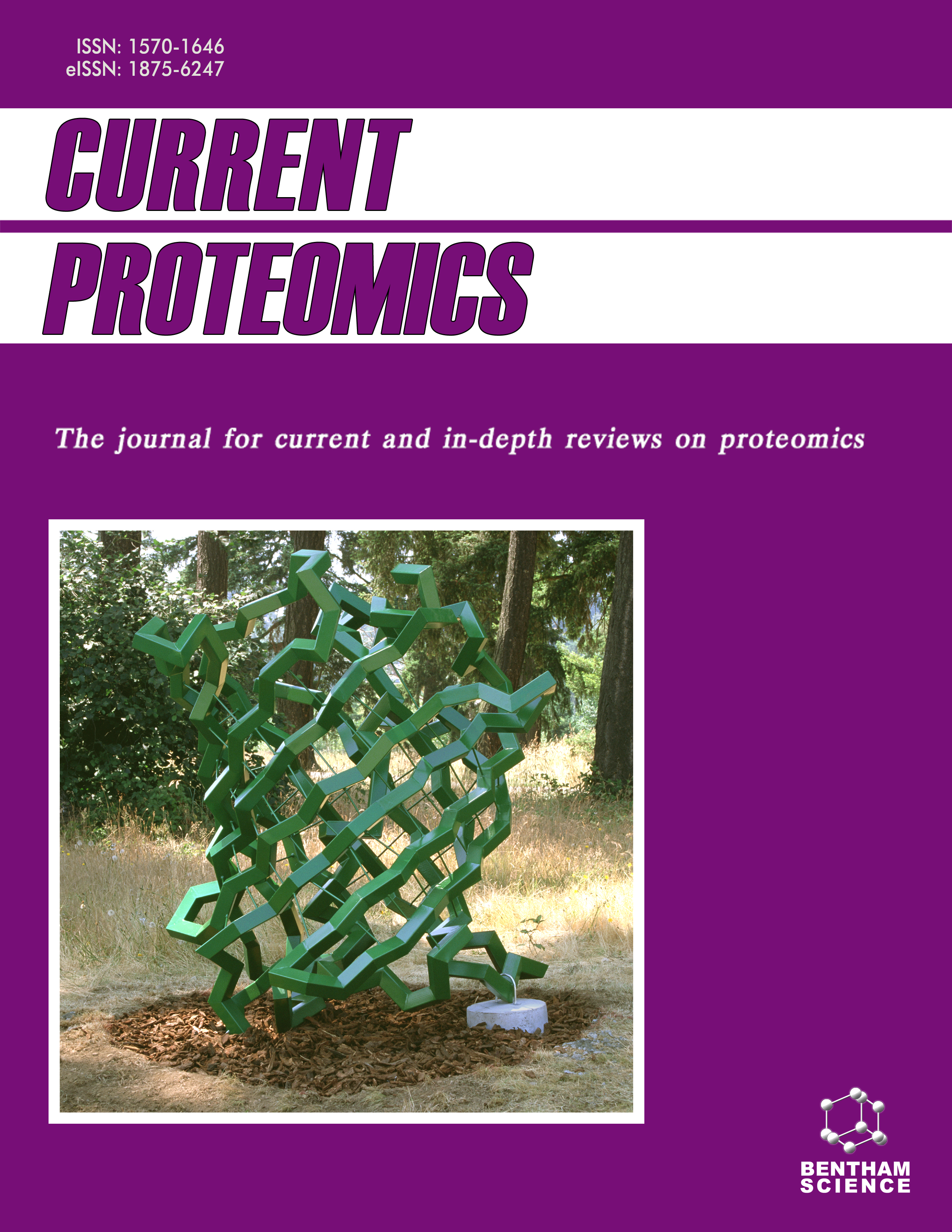
Full text loading...
We use cookies to track usage and preferences.I Understand

Post-Translational Modifications (PTMs) are covalent modifications of amino acids added to proteins that can significantly affect proteins’ structures and functions. PTMS are, therefore, important biomarkers due to their regulation of various bioactivities. Protein array is a robust tool for detecting and quantifying proteins with high throughput, small sample requirement, and high sensitivity.
On the basis of a high-density array, we developed a new platform to detect the PTM level, such as phosphorylation and acetylation, and changes in larger scales using an anti-PTM antibody.
THP-1 cells treated with phorbol 12-myristate 13-acetate (PMA) and lipopolysaccharide (LPS) were used for testing the new system and quantifying the phosphorylation and acetylation level change. The proteins whose phosphorylation and acetylation levels changed significantly were screened and compared with reported phenotypic change.
By using antibodies against phosphorylation and acetylation, the PTM change for the same protein can be detected. Based on the proteins whose PTM is significantly different before and after treatment, it was found that the enriched pathways and biological progress agreed with the stimulation of PMA and LPS.
Our results supported the idea that this platform can be used to effectively compare the phosphorylation and acetylation level changes among samples and screen for biomarkers on the proteomic scale.

Article metrics loading...

Full text loading...
References


Data & Media loading...
Supplements